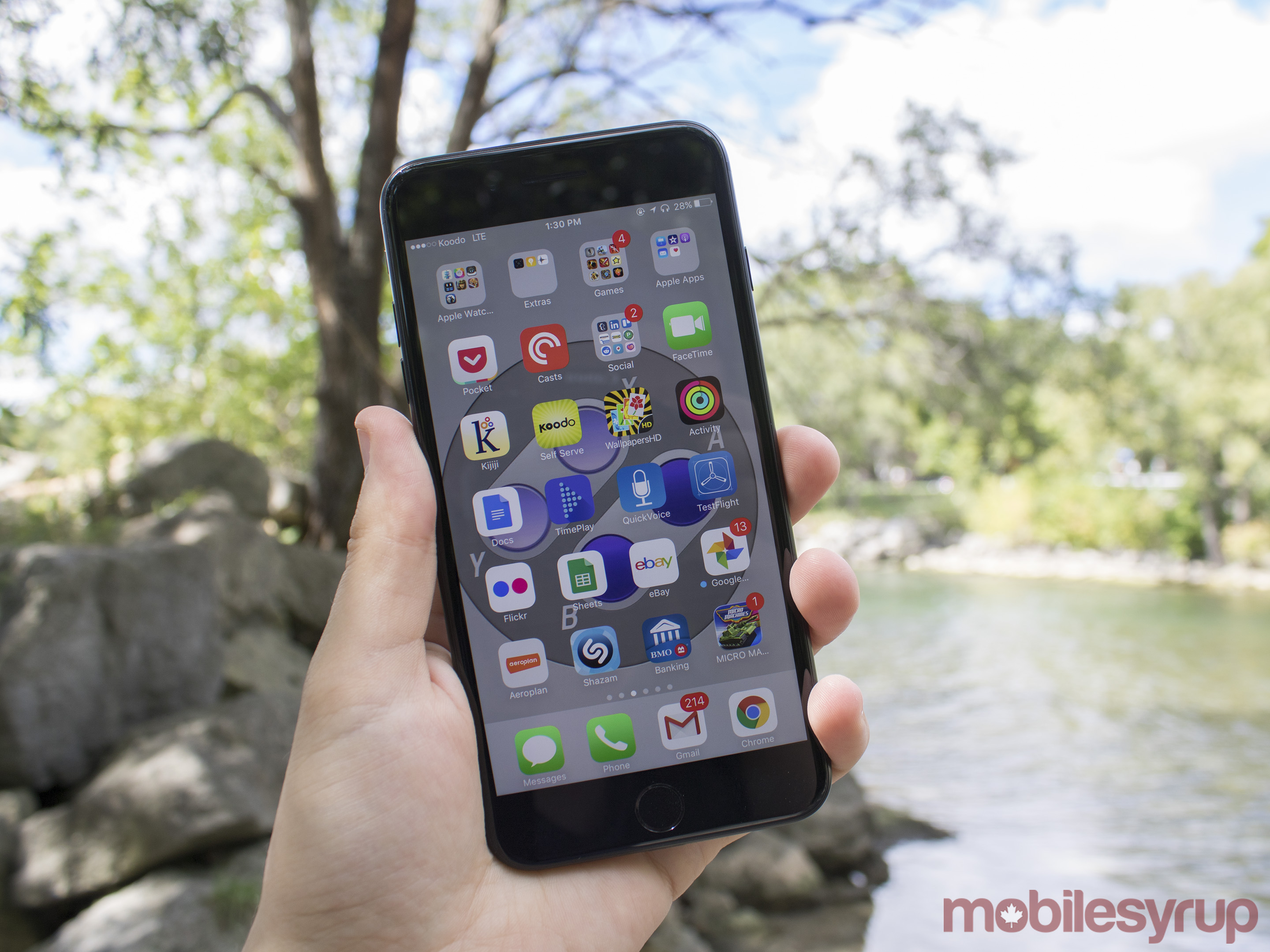
Apple and Samsung will continue to battle it out in court as the Supreme Court of the United States has reversed Apple’s short-lived victory.
Apple’s case against Samsung began in earnest when Steve Jobs declared “thermonuclear war” on Google’s Android operating system, which he believed to be an imitation of Apple’s iOS. Apple filed an official legal claim in 2011 stating that Samsung infringed on several Apple design patents.
According to documents from the court case, following the release of Apple’s first iPhone back in 2007, Samsung ordered a series of smartphones that closely resembled the iPhone. Apple officially took legal action against Samsung in 2011, alleging that Samsung’s smartphones infringed upon three Apple-owned design patents.
These included US Patent D618677, a patent for a rectangular device with rounded corners; US Patent D593087, a patent for the front face and bezel design; and US Patent D604305, a patent for a home screen comprised of a colourful grid of app icons.
The case is grounded in 35 U.S. Code § 289 – Additional remedy for infringement of design patent, out of United States Patent Law, which reads the following:
“Whoever during the term of a patent for a design, without license of the owner, (1) applies the patented design, or any colorable imitation thereof, to any article of manufacture for the purpose of sale, or (2) sells or exposes for sale any article of manufacture to which such design or colorable imitation has been applied shall be liable to the owner to the extent of his total profit, but not less than $250, recoverable in any United States district court having jurisdiction of the parties.”
The original penalty was based on a federal law which states that the party copying a patented design is liable to the “extent of his total profit.” Samsung has countered throughout the process that the company is not liable for the whole phone, but just the parts of the phone that infringe on Apple’s design patents.
After two lower courts ruled in favour of the iPhone giant, the Supreme Court overturned these rulings, and consequentially threw out a $399 million award that Samsung was ordered to pay Apple. While the Supreme Court reversed Apple’s victory, it also avoided making any sweeping statements about the case.
The four-years long court trial has been dubbed the “design case of the century,” though the legal battle also raised questions about the nature of patent law and whether the broad nature of patent designs have become a hindrance to innovation.
The Supreme Court ruled 8-0 on the result, sending the case back to lower courts for further deliberation.
Read a summary of the court documents here.
Related: Samsung has asked the U.S. Supreme Court to look at its patent case against Apple
MobileSyrup may earn a commission from purchases made via our links, which helps fund the journalism we provide free on our website. These links do not influence our editorial content. Support us here.


